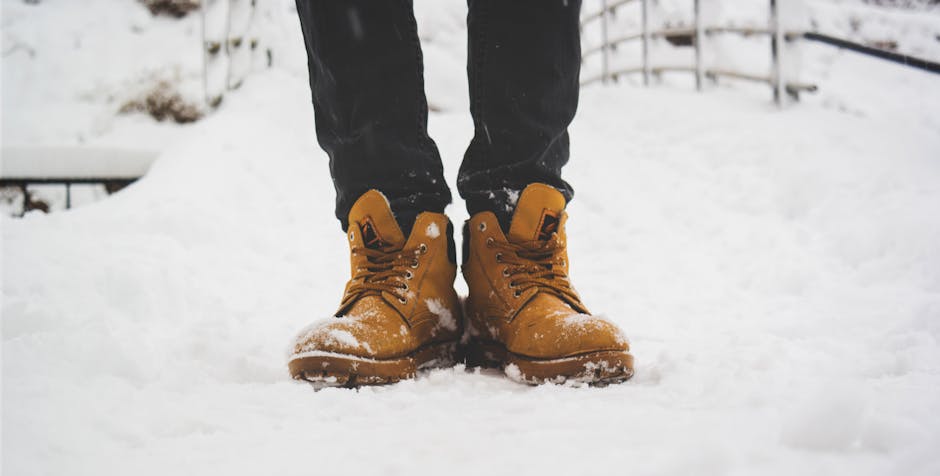Icy conditions cause falls and broken ankles
With the hectic pace of the holidays, serious injuries from ice-related falls inevitably occur. Allentown Family Foot Care foot and ankle surgeon, Dr. Kevin Short, says falls on icy surfaces are a major cause of ankle sprains and fractures, and it’s critical to seek prompt treatment to prevent further damage that can prolong recovery.

Ice accelerates the fall and often causes more severe trauma due to the foot’s ability to go in any direction after slipping. In cases of less severe fractures and sprains, it’s possible to walk and mistakenly believe the injury doesn’t require medical treatment.
Never assume the ability to walk means your ankle isn’t broken or badly sprained. Putting weight on the injured joint can worsen the problem and lead to chronic instability, joint pain and arthritis later in life.
My best advice for an injured ankle is to have it evaluated as soon as possible for proper diagnosis and treatment and to reduce the risk of further damage. If you can’t see a foot and ankle specialist or visit the emergency room right away, follow the RICE technique – Rest, Ice, Compression and Elevation – until medical care is available.
Although symptoms of ankle sprains and fractures are similar, fractures may be associated with:
- Pain at the site of the fracture that can extend from the foot to the knee
- Significant swelling
- Blisters over the fracture site
- Bruising soon after the injury
Most ankle fractures and some sprains are treated by immobilizing the joint in a cast or splint to foster union and healing. However, surgery may be needed to repair fractures with significant malalignment to unite bone fragments and realign them properly. The good news is with newer bone-fixation methods, there are smaller incisions to minimize tissue damage and bleeding and accelerate the healing process.
As the wintry weather approaches, be sure to look out for snow and ice, wear comfortable and properly-fitted shoes, and listen to your feet. Inspect them regularly for ingrown toenails, bruising, blisters, calluses, and swelling and if you are having issues be sure to contact us immediately.
